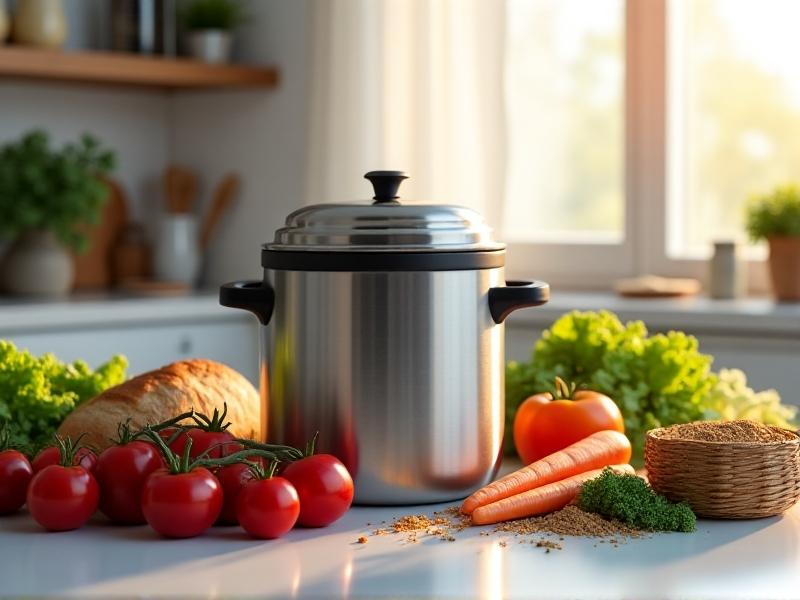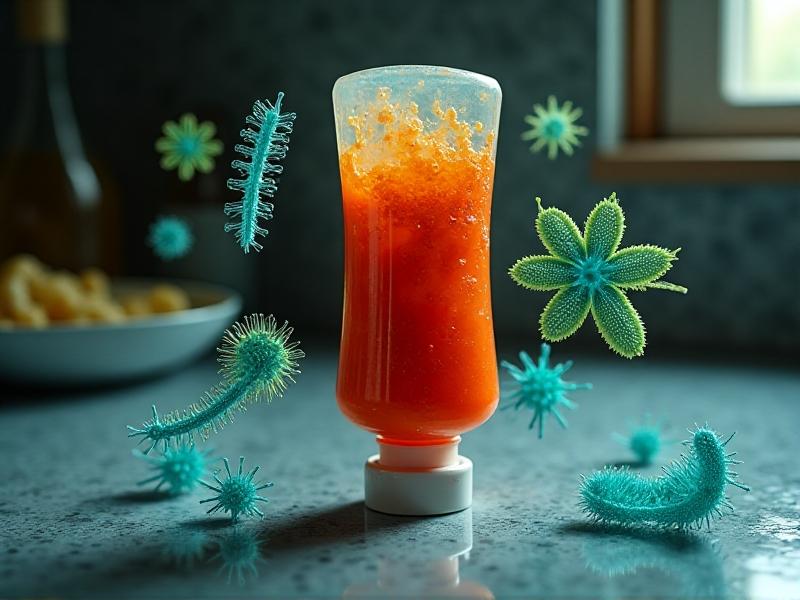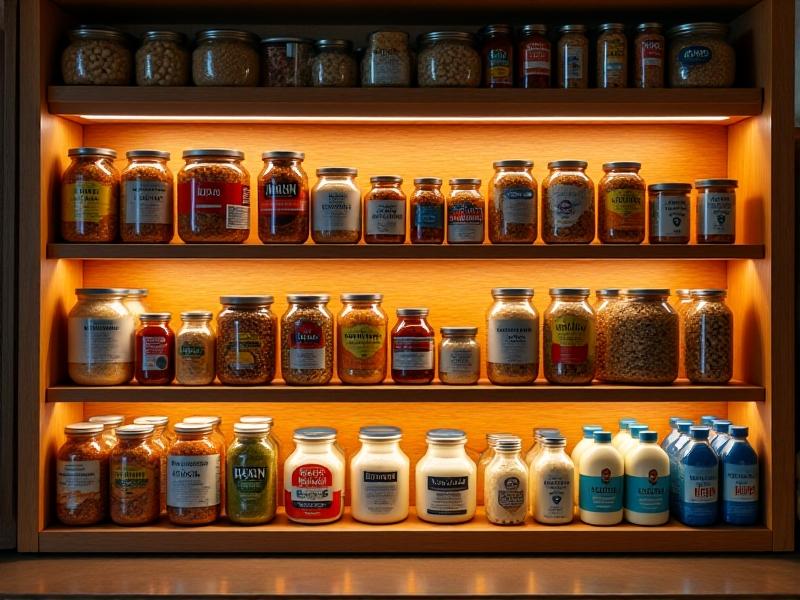Collapsible Sink Water Conservation Hacks
Understanding Collapsible Sinks and Their Role in Water Conservation
Collapsible sinks, often made from silicone or flexible polymers, are portable, space-saving solutions designed for temporary use in tight spaces like RVs, tiny homes, or outdoor settings. Their foldable nature reduces material waste and encourages mindful water usage by limiting capacity. Unlike traditional sinks, they discourage overfilling and make users acutely aware of consumption—key for conservation. A family using a collapsible sink might save up to 5 gallons daily by avoiding tap-left-running habits, aligning with global efforts to combat water scarcity.
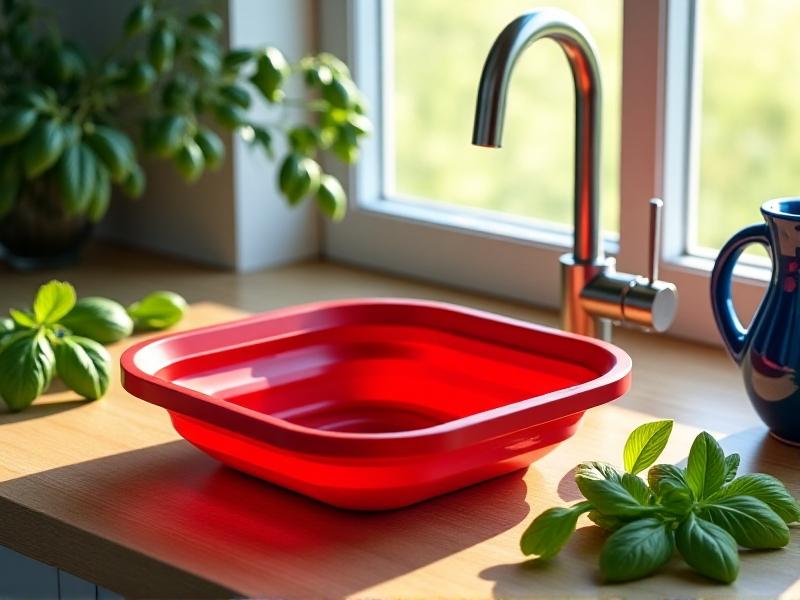
Setting Up Your Collapsible Sink for Maximum Efficiency
Position your sink near existing plumbing to simplify drainage into buckets or greywater systems. Use a low-flow faucet adapter to cut flow rates by 30–50%. Elevate the sink on a collapsible stand to create gravity-fed drainage, eliminating pump energy. Line the basin with a mesh filter to catch food scraps, preventing clogs and repurposing organic waste for compost. Anchoring the sink with non-slip pads ensures stability during use, reducing accidental spills.

Everyday Water-Saving Hacks with Your Collapsible Sink
Reuse pasta or vegetable cooking water for plant hydration. Soak dishes in a vinegar-water mix to minimize rinse cycles. Keep a spray bottle nearby for targeted cleaning, reducing full-basin fills. Track usage with a waterproof tally counter clipped to the sink edge—a visual nudge to stay under 3 gallons per wash session. For shaving or toothbrushing, pour just 1–2 cups into a travel mug instead of running taps.
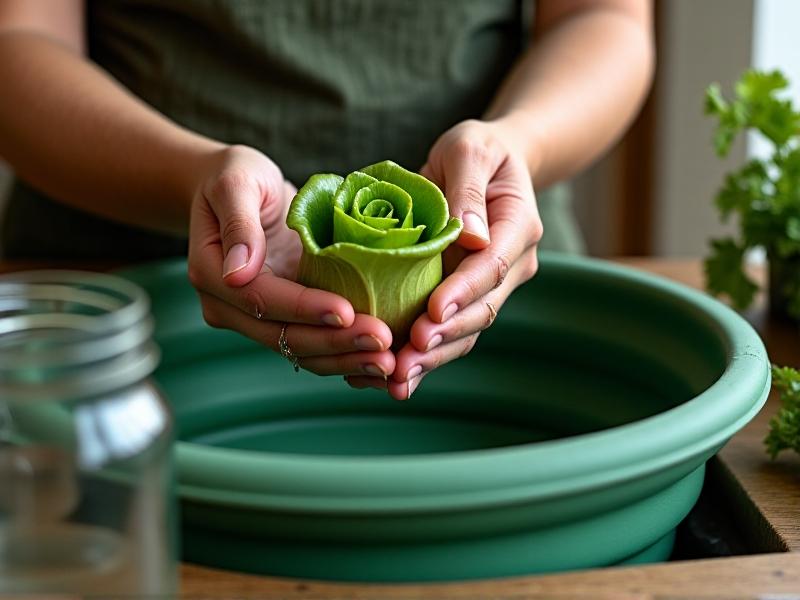
DIY Modifications to Enhance Water Conservation
Attach a foot-pedal valve to control flow hands-free, mimicking commercial-grade systems. Install a T-valve diverter to route greywater into irrigation tubing for garden beds. Add measurement markers inside the basin (e.g., “1 Gal – Dishes”) as visual guides. Wrap copper tubing around the sink’s base to preheat incoming water via solar thermal exchange, cutting energy needs. Upcycle an old shower curtain into a waterproof splash guard, directing drips back into the basin.
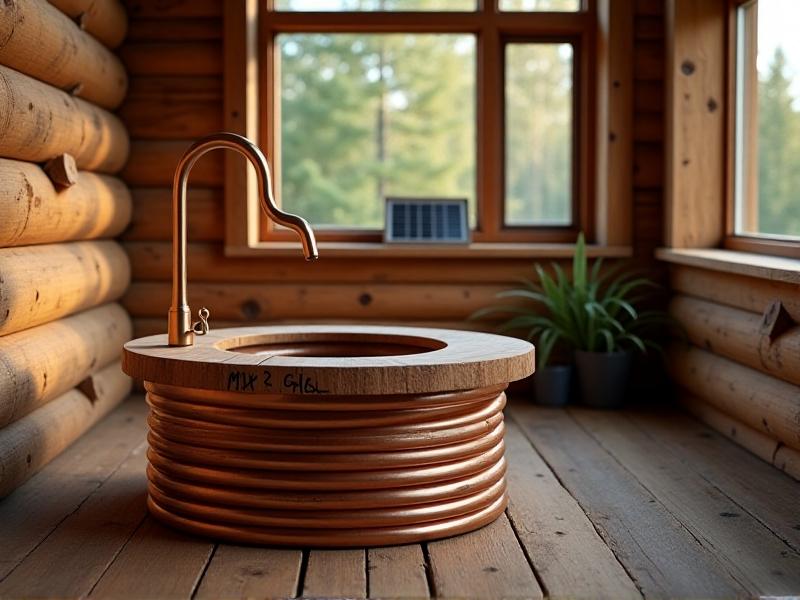
Cultivating Water-Wise Habits Around Your Sink
Challenge household members to “shave off a gallon” weekly by timing dish tasks or adopting the “two-basin method”—one for washing, one for rinsing. Play a curated playlist matching average song length (3–4 mins) to ideal wash durations. Post infographics above the sink showing local drought impacts or global conservation wins. Reward milestones with non-water-related treats, like planting a tree or donating to clean-water charities.
Maintaining Your Collapsible Sink for Long-Term Sustainability
Monthly, soak the sink in a vinegar-baking soda solution to prevent mold in folds. Check seams for micro-tears using a flashlight; repair with food-grade silicone sealant. Replace O-rings annually to maintain leak-proof drainage. Store partially open, not fully compressed, to preserve material integrity. In freezing climates, use antifreeze-safe models or drain completely after each use to avoid cracks.
Beyond the Sink: Extending Water Conservation to Your Home
Apply collapsible-sink principles elsewhere: use expandable rain barrels or foldable shower basins. Advocate for community greywater initiatives, using your sink as a teaching tool. Support startups developing collapsible hydroponic systems or solar stills. Remember, saving 10 gallons daily via your sink equates to 3,650 gallons annually—enough to hydrate a small vegetable garden year-round or provide emergency water for five people in crisis zones.



